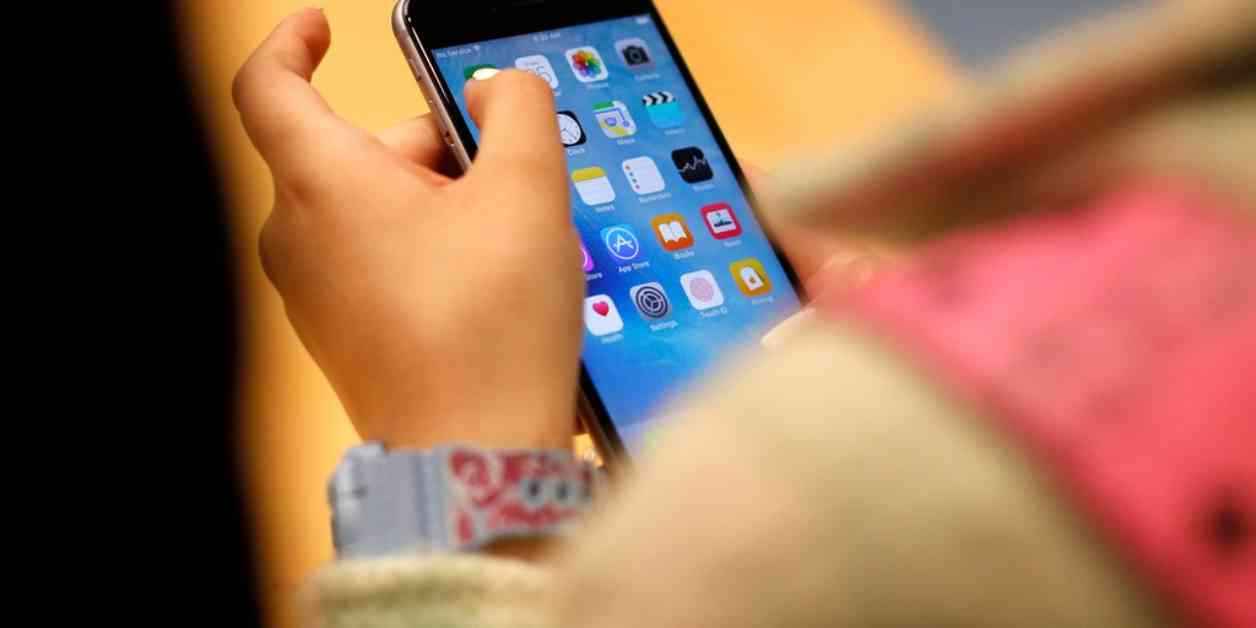Proposed Bill: Washington, D.C., Council Seeks Cellphone Ban in Public Schools
In a bid to curb distractions and enhance student focus, members of the Washington, D.C., Council have put forth a proposal to implement a complete ban on cellphones within the district’s public schools. This groundbreaking bill, introduced during a recent D.C. Council meeting, is poised to come into effect in the upcoming school year if successfully enacted. Spearheaded by Council member Brooke Pinto, the initiative has already garnered support from six council members, with just two more needed to secure its passage.
The rationale behind this proposed ban stems from the educational landscape in the district. Shockingly, data reveals that a mere third of the students in D.C. public schools are reading at grade level, while less than a quarter demonstrate proficiency in math. Despite a marginal uptick in standardized test scores from the previous year, the overall academic performance remains significantly below pre-pandemic levels.
Council member Brooke Pinto, the driving force behind the bill, emphasized the importance of setting students up for success by fostering an environment conducive to learning and engagement. Pinto underscored the need for collaboration between the government, families, parents, and schools to ensure that children are not only learning but also actively participating and connecting with their peers in the school setting. “You can’t do that when you’re glued to your cell phone,” Pinto emphasized, pointing to the detrimental effects of excessive screen time on social interactions and academic performance.
Navigating the logistical intricacies of the proposed ban, Pinto revealed that certain details are still being refined, such as the storage of students’ phones during school hours and the enforcement mechanisms. While school officials are expected to have the flexibility to determine where the devices will be stored—be it in secure storage rooms or locked magnetic pouches—Pinto stressed that the responsibility of enforcing the ban should not burden teachers. The primary aim of the proposal extends beyond mere restriction of screen time; it seeks to foster increased socialization among students during breaks, promoting vital aspects of human development during formative years.
This initiative aligns with a broader trend seen across the nation, where local governments and school districts have increasingly imposed restrictions on cellphone use during school hours. The debate surrounding this issue has sparked varying opinions among parents. While some advocate for the ability to reach their children during the school day, others contend that a ban would be instrumental in enhancing their attention and facilitating meaningful interactions with peers.
In the larger educational landscape, the move towards banning cellphones in schools is gaining momentum, with California Governor Gavin Newsom recently signing a bill mandating restrictions on cellphone use in schools across the state. As policymakers and educators grapple with the best strategies to optimize learning environments, the discourse surrounding the role of technology in education continues to evolve.
As the proposed bill to ban cellphones in Washington, D.C., public schools gains traction, the focus remains on creating an environment that prioritizes academic engagement, social interaction, and overall student success. By reshaping the digital landscape within school premises, lawmakers aim to cultivate a space that fosters learning, collaboration, and holistic development among students.


